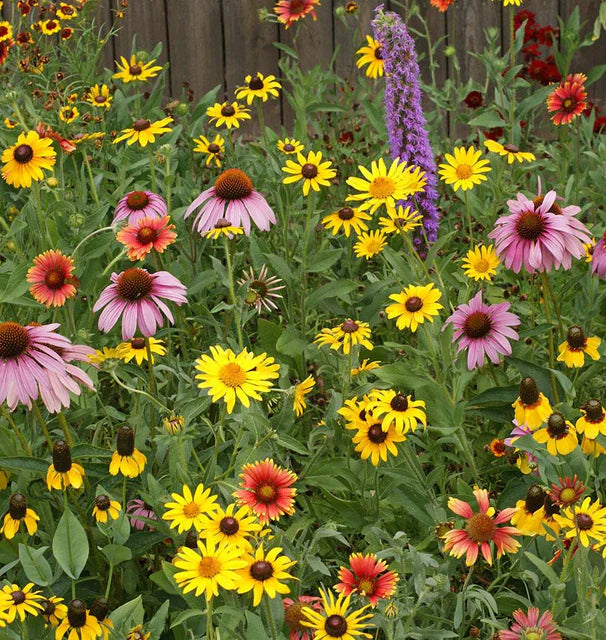West Coast Seeds
West Coast Seeds Wild Flowers (Great Lakes Blend)
West Coast Seeds Wild Flowers (Great Lakes Blend)
Couldn't load pickup availability
The Great Lakes region is vast and diverse, but it is united by hot, humid summers and cold, snowy winters. Many native North American wildflower species can be found throughout the whole region, but we have selected these species for their ease, suitability, and charm. This collection includes annuals, biennials, and perennials that are both cold hardy and drought tolerant. They should return for years to come once established. The range of colours is huge, as are the number of native insects that will come to feed on them. Any area with limited biodiversity will be improved by the Great Lakes Wildflower Blend.
| Difficulty |
Easy |
| Exposure |
Full sun to partial shade, depending on the blend |
| Timing |
Try to direct sow wildflower seeds during the period two weeks before, and eight weeks after, your last average frost date. Sowing when there is some risk of minor frost may improve germination. Wildflower seeds can also be sown in the autumn, but a certain percentage of seeds to may be lost to water, birds, and animals. To make the most of the annual species, direct sow in early spring. |
| Starting |
Site Selection: If there are already no plants (including weeds) growing in the planting site, there may be a problem with the soil. Possible issues may be soil fertility, lack of drainage, or the need for soil amendments to improve texture. In such spots (eg, beneath a cedar tree), few plants will thrive, including wildflowers. |
| Growing |
Keep the seeded area as evenly moist as possible to help the seeds germinate and the young seedlings become established. Weeds need to be kept under control. Once they are growing, most mixes will not require additional water except in long periods of hot, dry weather. All of our mixes should re-grow for several years, but will eventually benefit from re-seeding. In late summer, many of the components will produce seed heads that can be harvested and replanted the following spring. |


